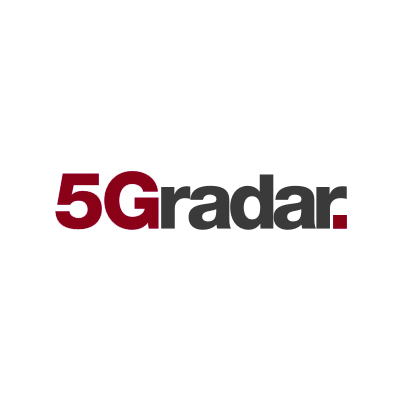O2 5G: all the phones, deals, coverage and pricing you need
All the info you need on the O2 5G UK rollout
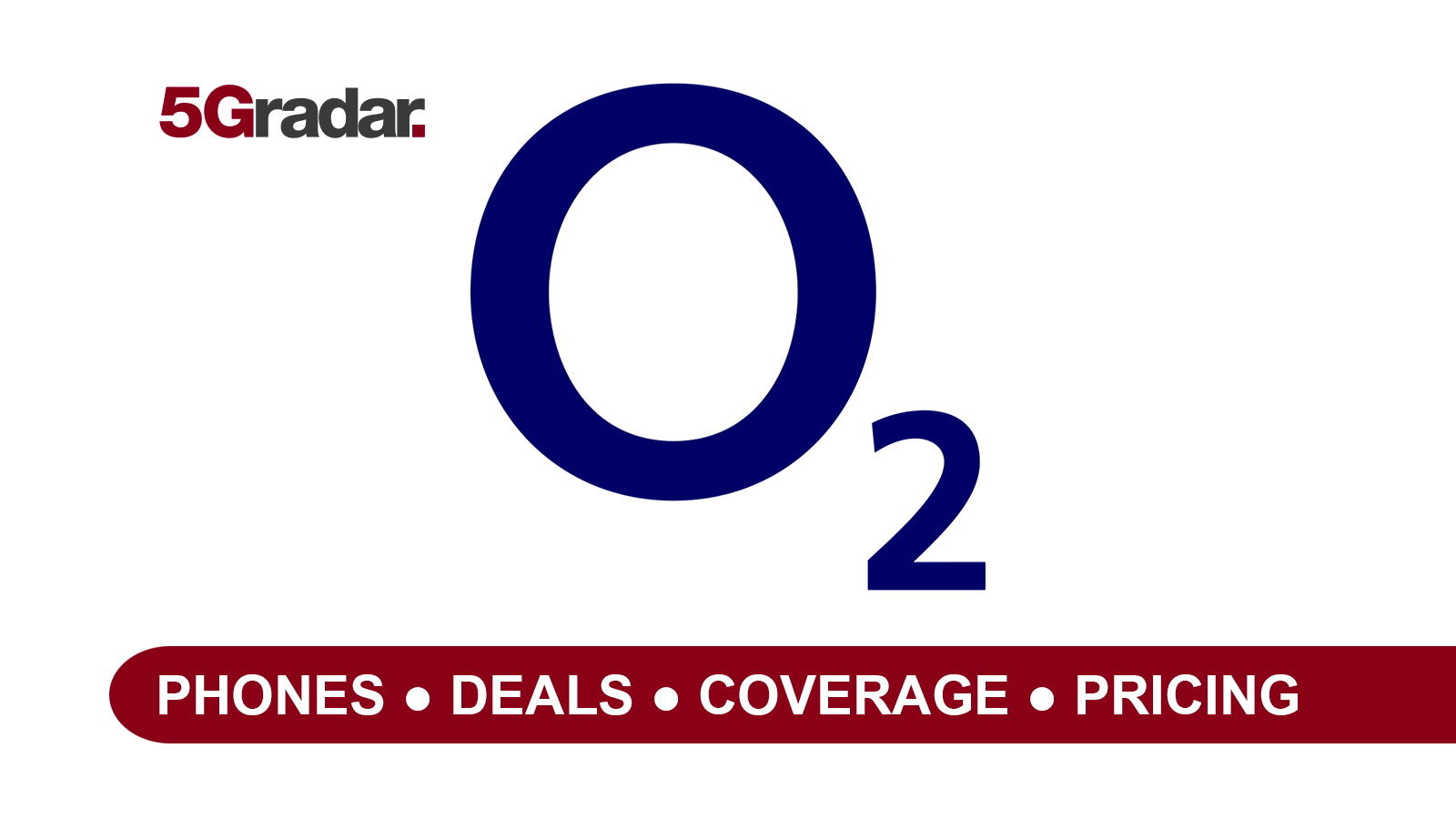
For mobile users in the UK:
Get all the latest EE 5G deals
Check out Three 5G broadband
Get the latest Vodafone 5G info
For mobile users in the US:
See the hottest AT&T 5G deals
Check out T-Mobile 5G
Discover hot Verizon 5G deals
While O2 5G was the third of the big four UK networks to go live, it has a large customer base to serve with 5G - it remains the UK's biggest phone network serving over 25 million connections.
The coming months are set to be interesting for O2 since its merger with Virgin Media was approved by UK regulators in late May and the two organisations are now working to integrate themselves in a joint venture. Virgin Media O2 - as the combined organisation will be known - will look after around 47 million mobile, home and business connections, including around 41 million mobile connections.
Mike Fries, CEO of Liberty Global, and José Maria Alvarez-Pallete, CEO of Telefonica, commented: "This is a watershed moment in the history of telecommunications in the UK as we are now cleared to bring real choice where it hasn’t existed before, while investing in fibre and 5G that the UK needs to thrive."
O2 now has nearly 200 locations live with 5G. O2 spent much of its pre-5G work focusing on making its 4G network (which is, of course, the backbone for 5G) as good as it could be and said it was investing around £2 million a day into its infrastructure.
O2 also added to its 5G spectrum holding during the latest Ofcom auction, spending just shy of £450 million. Mark Evans, CEO of O2 said, "We are pleased to announce that Telefónica UK (O2) has secured a significant share in the latest spectrum auction, investing £448m to obtain 40Mhz of 3.6GHz and 20MHz of 700 MHz FDD.
"We are delighted with the result, which secured the right spectrum at a fair price. This additional spectrum will allow for continual improvement in our network."
Vodafone and O2 have since announced they are trading some 5G spectrum - more details on that below.
If you take into account O2's MVNO (Mobile Virtual Network Operator) customer base including Giffgaff, Tesco Mobile, Sky Mobile and Lycamobile, O2 manages a total of 34.1 million connections. O2 owns Giffgaff outright while Tesco Mobile is a joint venture with Tesco). Tesco Mobile has also now launched its 5G service in the same locations as O2.
Let's now look at where O2 5G is available.
O2 5G cities and towns
O2 originally launched 5G in each of the UK's capital cities - London, Cardiff, Edinburgh and Belfast in a similar move to the other networks. O2 also rolled out 5G to Leeds (where it has an office) as well as O2's home town of Slough where its head office is based.
However, things have moved on significantly. O2 5G is now live in almost 200 locations. These include:
Aberdeen, Ambleside, Ashford, Aughton, Aylesbury, Banstead, Basildon, Basingstoke, Beaconsfield, Bedford, Belfast, Bilston, Birkenhead, Birmingham, Blackburn, Blackpool, Blaydon, Bolton, Bournemouth, Bradford, Bradley Stoke, Bridge of Don, Brighton, Bristol, Brombourgh, Bury St Edmunds, Byfleet, Cambridge, Cardiff, Chadwell St Mary, Chatham, Chelmsford, Cheltenham, Chesterfield, Chipstead, Clacton-on-Sea, Colchester, Coventry, Darlington, Dartford, Derby, Dewsbury, Dinas Powis, Doncaster, Dudley, Dundee, Dunstable, Durham, Dyce, Eastbourne, Edinburgh, Egham, Epsom, Esher, Eton and Windsor, Falmer, Gateshead, Gatton Bottom, Gillingham, Glasgow, Gloucester, Gravesend, Grays, Great Yarmouth, Halifax, Harlington, Harlow, Hastings, Hebburn, Hemel Hempstead, Hextable, High Wycombe, Hove, How Wood, Huddersfield, Hull, Inverness, Ipswich, Iver Heath, Jarrow, Lancaster, Leeds, Leicester, Lincoln, Lisburn, Liverpool, Llandudno, London, Longford, Loughborough, Lowestoft, Luton, Maidstone, Manchester, Mansfield, Middlesbrough, Milton Keynes, Monifieth, Morley, Musselburgh, New Denham, Newbury, Newcastle Upon Tyne, Newtownabbey, North Shields, Northampton, Norwich, Nottingham, Nuneaton, Orpington, Oxford, Peterborough, Plymouth, Portsmouth, Potters Bar, Rainham, Reading, Redhill, Rochdale, Rotherham, Royal Tunbridge Wells, Rugby, Salford, Sheffield, Shepperton Green, Slough, Solihull, South Shields, Southampton, Southend-On-Sea, Staines, Stevenage, Stockport, Stockton, Stoke-on-Trent, Stranraer, Strathclyde, Sunbury, Sunderland, Swansea, Swindon, Thundersley, Tynemouth, Wakefield, Warrington, Washington, Watford, Wavetree, West Bromwich, Weybridge, Whickham, Whitley Bay, Wolverhampton, Worthing and York.
In time for Summer 2021, O2 said it had now upgraded more than 600 cell sites across "coastal and tourist hotspots" with many of these locations now having 5G connectivity including locations such as Tynemouth King Edwards Bay, Llandudno West Shore, Edinburgh Castle, the V&A Museum and Bournemouth Pier. Other museums covered include the National Portrait Gallery, Natural History Museum, the Mary Rose Museum, York Castle Museum and the Scottish National Portrait Gallery.
O2 says this drive is partly driven by the rise in staycations this year as a result of the lack of foreign holidays available.
O2 has also started to roll out its low band 5G spectrum, aimed at further widening the network's 5G footprint and strengthening indoor penetration.
Jeanie York, Chief Technology Officer at Virgin Media O2 said: "After a year like no other, we know how important it has been to stay connected. That’s why we’re committed to providing our customers with reliable connectivity all across the UK - as shown by our £448m investment on newly released spectrum - to increase capacity in our network and power the technology of the future, as well as spearheading the Shared Rural Network."
O2 has also been busy rolling out 5G to major transport hubs and entertainment venues. The O2 in London's North Greenwich and Twickenham Stadium are among the locations covered - the latter because of O2's sponsorship of the England Rugby Union team.
O2 5G phones
For a while, O2's range of 5G phones was a little limited, but it has now got a full range of devices available.
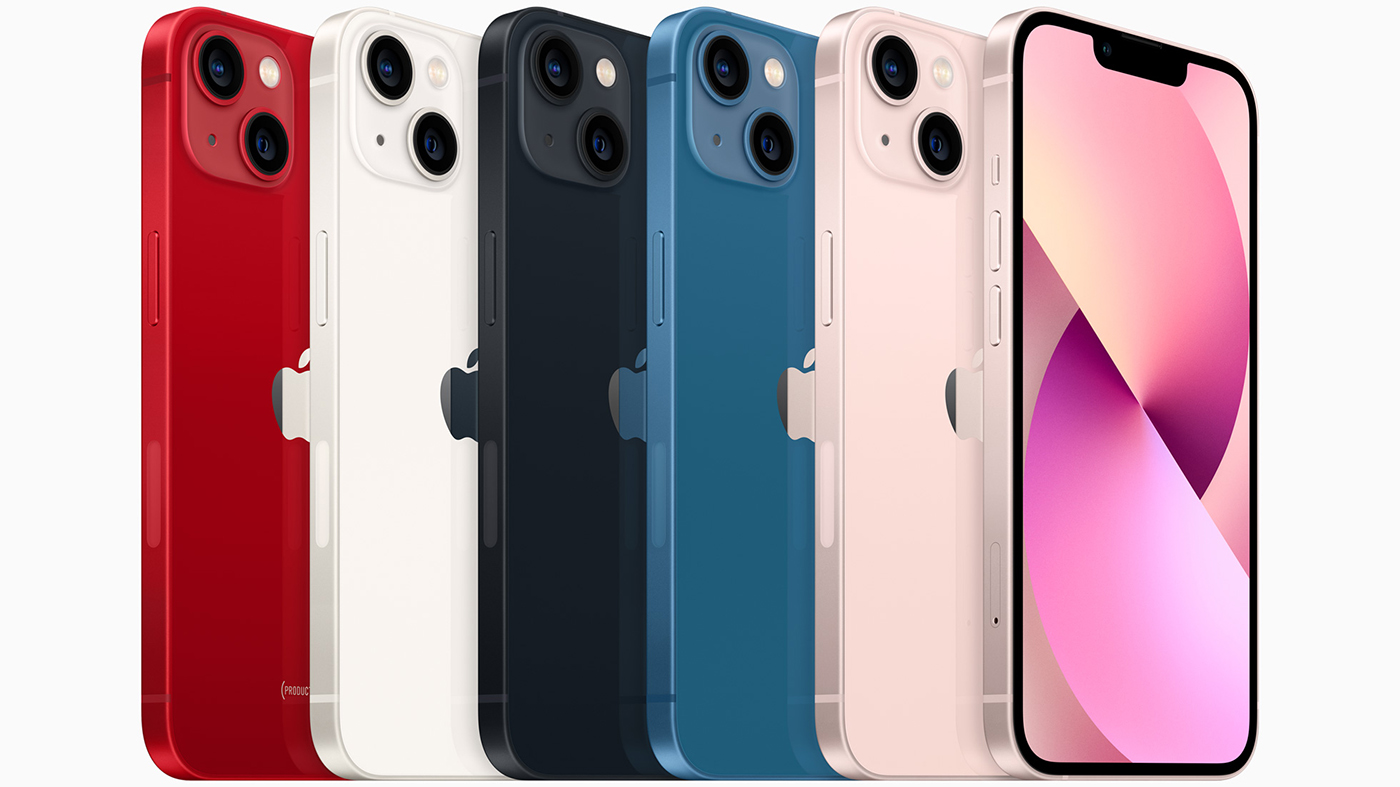
Apple iPhone 13 and iPhone 13 mini
Apple's new everyday duo are superb handsets available in a changed variety of hues including a brand new pink. The processor takes a move forward, while there are improved cameras and features such as cinematic mode. The gap to the Pro is significant, but importantly this 5.4 and 6.1-inch pair are significantly cheaper.
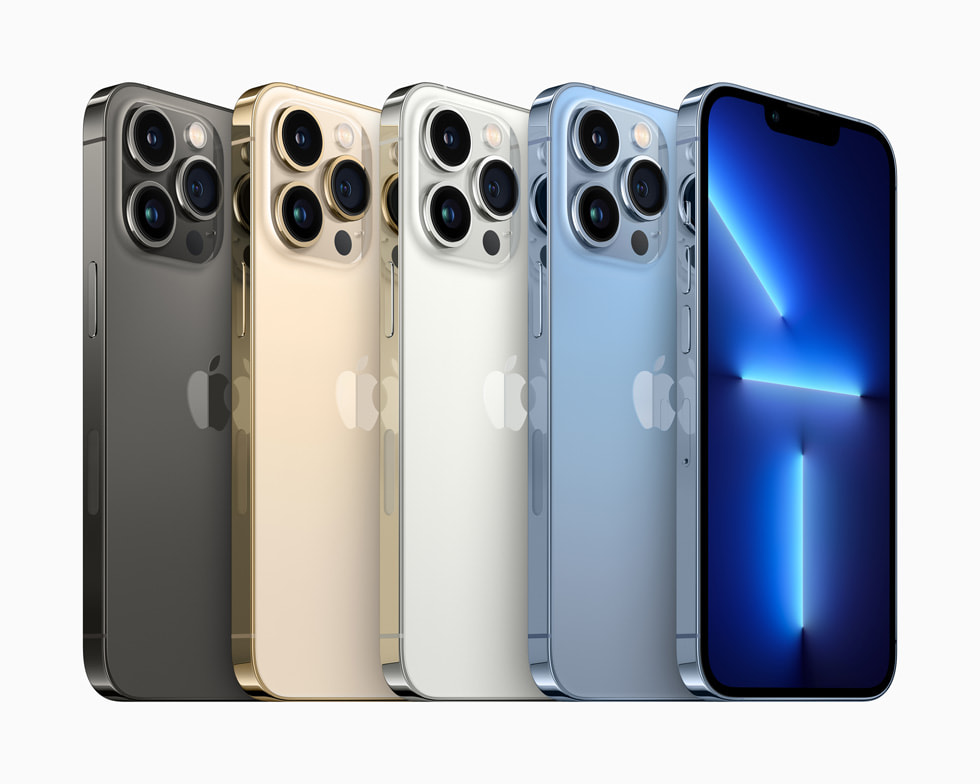
Apple iPhone 13 Pro and iPhone 13 Pro Max
There's no doubt that the iPhone 13 Pro and Pro Max are expensive handsets, but you do get an experience above and beyond that offered by the standard iPhone 13. Notably there's a triple camera setup with telephoto zoom, a variable refresh rate display up to 120hz and premium finish, too.
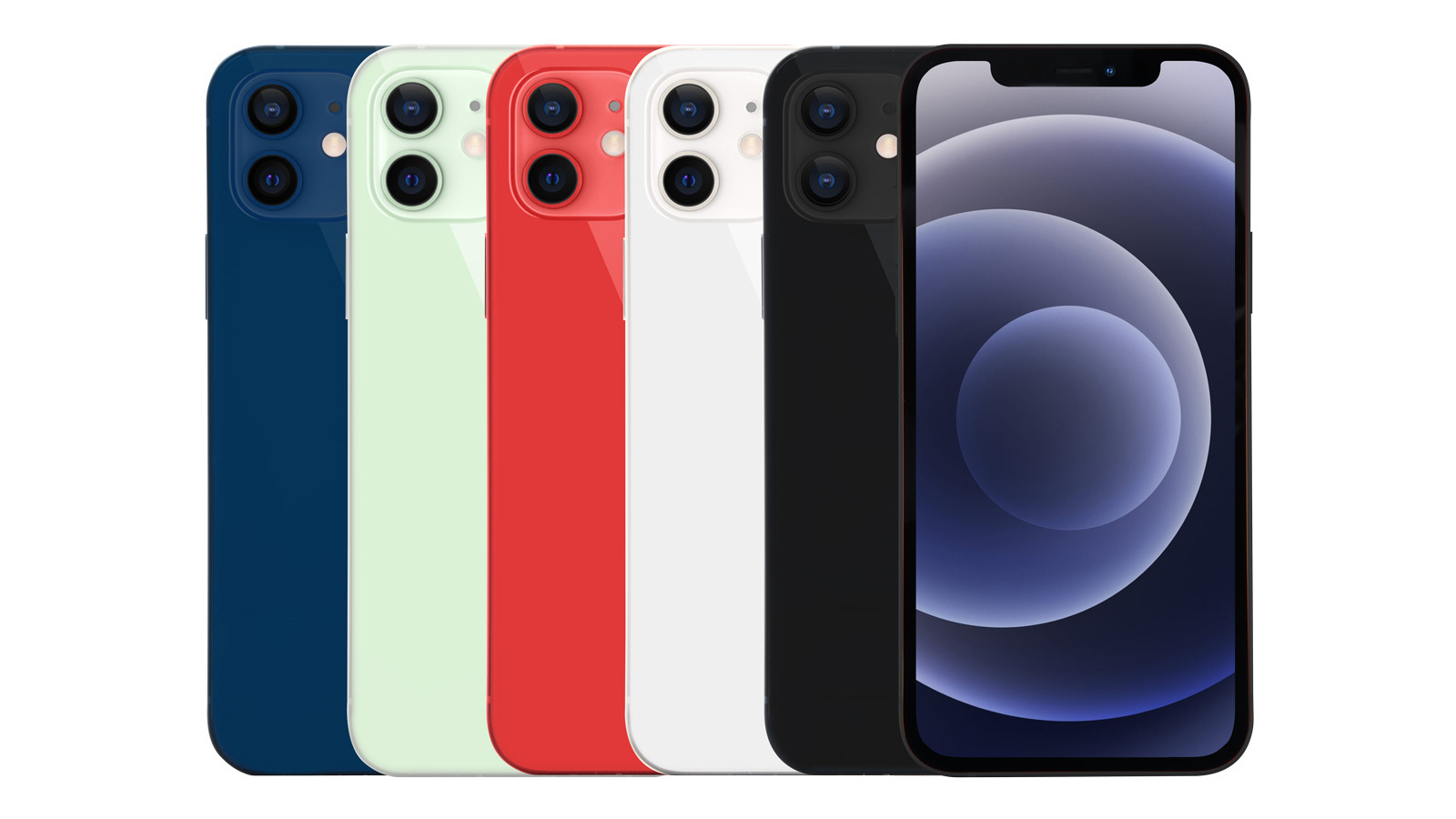
Apple iPhone 12 and 12 mini
The standard iPhone 12 is in many ways the pick of the iPhone 12 range with plenty of reasons not to go for the same-sized iPhone 12 Pro - though we love the Pro Max as you can see below. The iPhone 12 range comes with the latest A14 Bionic platform so there's no performance limitation either (Pro has more RAM though). Available in Black, White, Red, Green, Blue, there's also the iPhone 12 mini to consider, too.
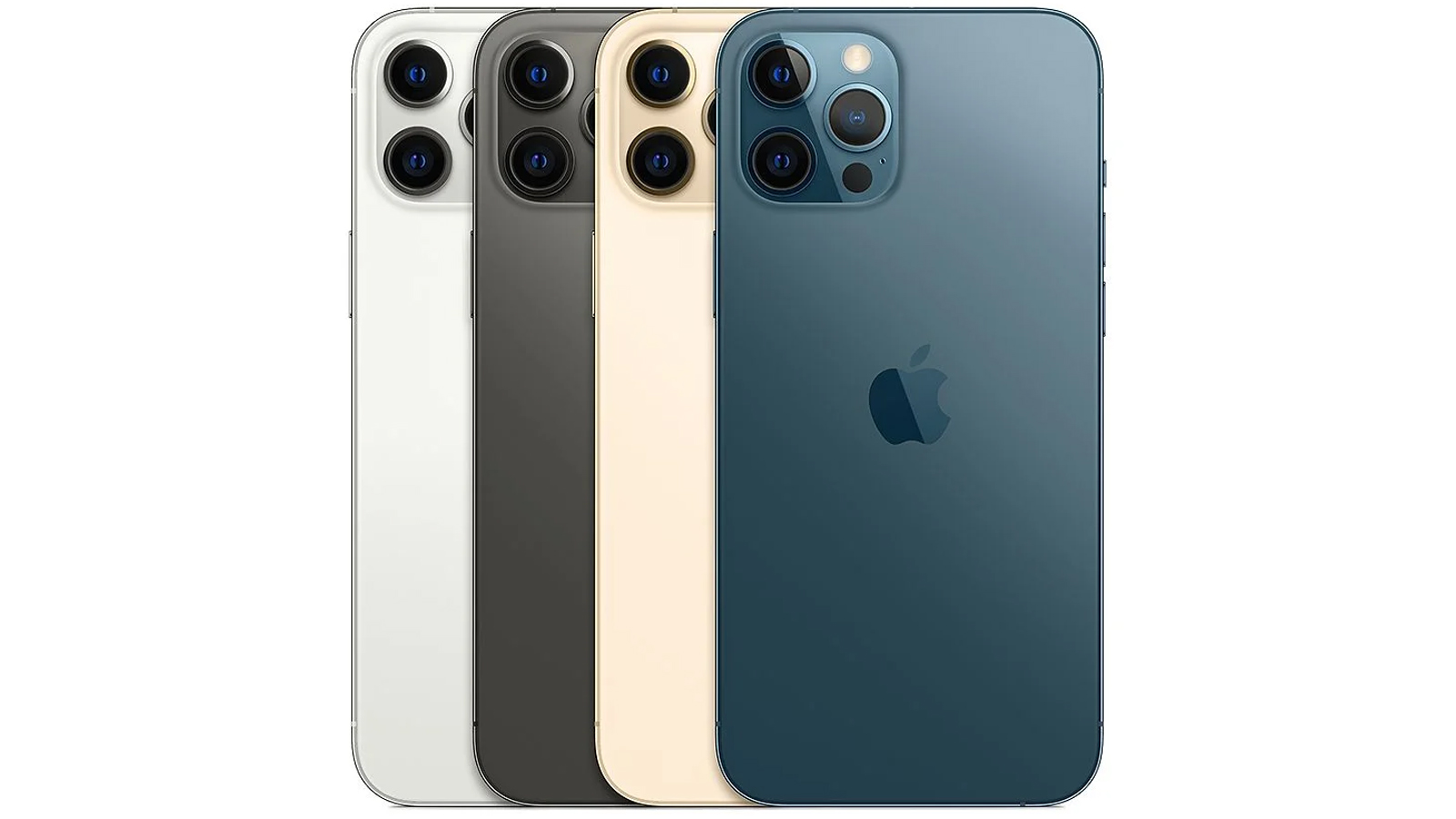
Apple iPhone 12 Pro and iPhone 12 Pro Max
While the iPhone 12 Pro doesn't do enough to distinguish itself from the standard iPhone 12, the Pro Max certainly does with its huge display and sheer desirability. It's a super performer too while the cameras are among the best we've seen, especially in low light. It's eye-wateringly expensive, though.
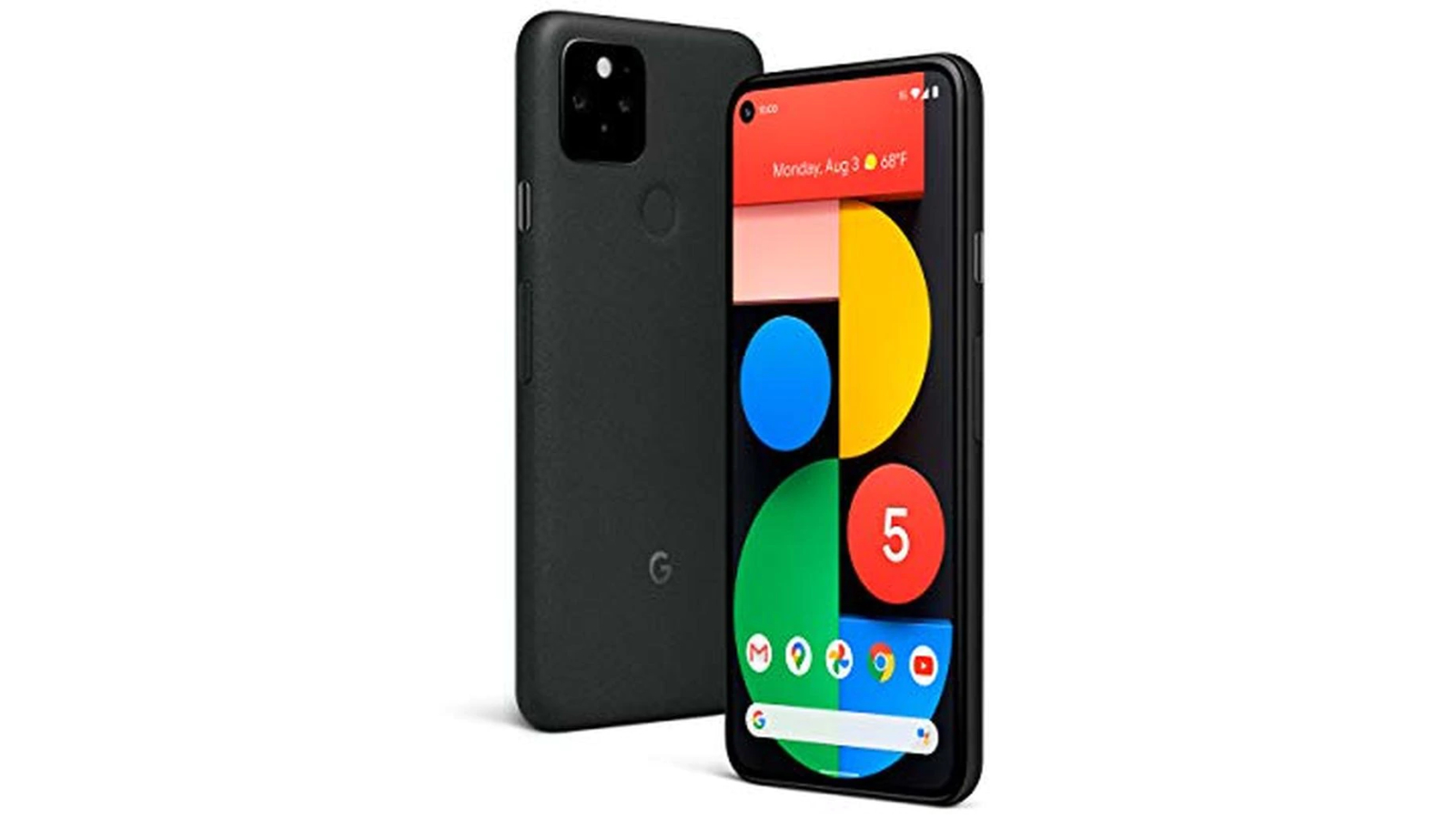
Google Pixel 5
Google's Pixel 5 sits above the Pixel 4a 5G as Google's flagship Pixel phone. Naturally it's 5G capable and, since it's a 6-inch phone anyway, there's no larger XL model which we've seen with earlier Pixel devices. It's using Qualcomm's Snapdragon 765G hardware, an OLED display, 128GB of storage and 8GB of memory as well as a dual 12.2 wide and 16 megapixel ultrawide camera system. As you'd expect, it features the very latest Android operating system.
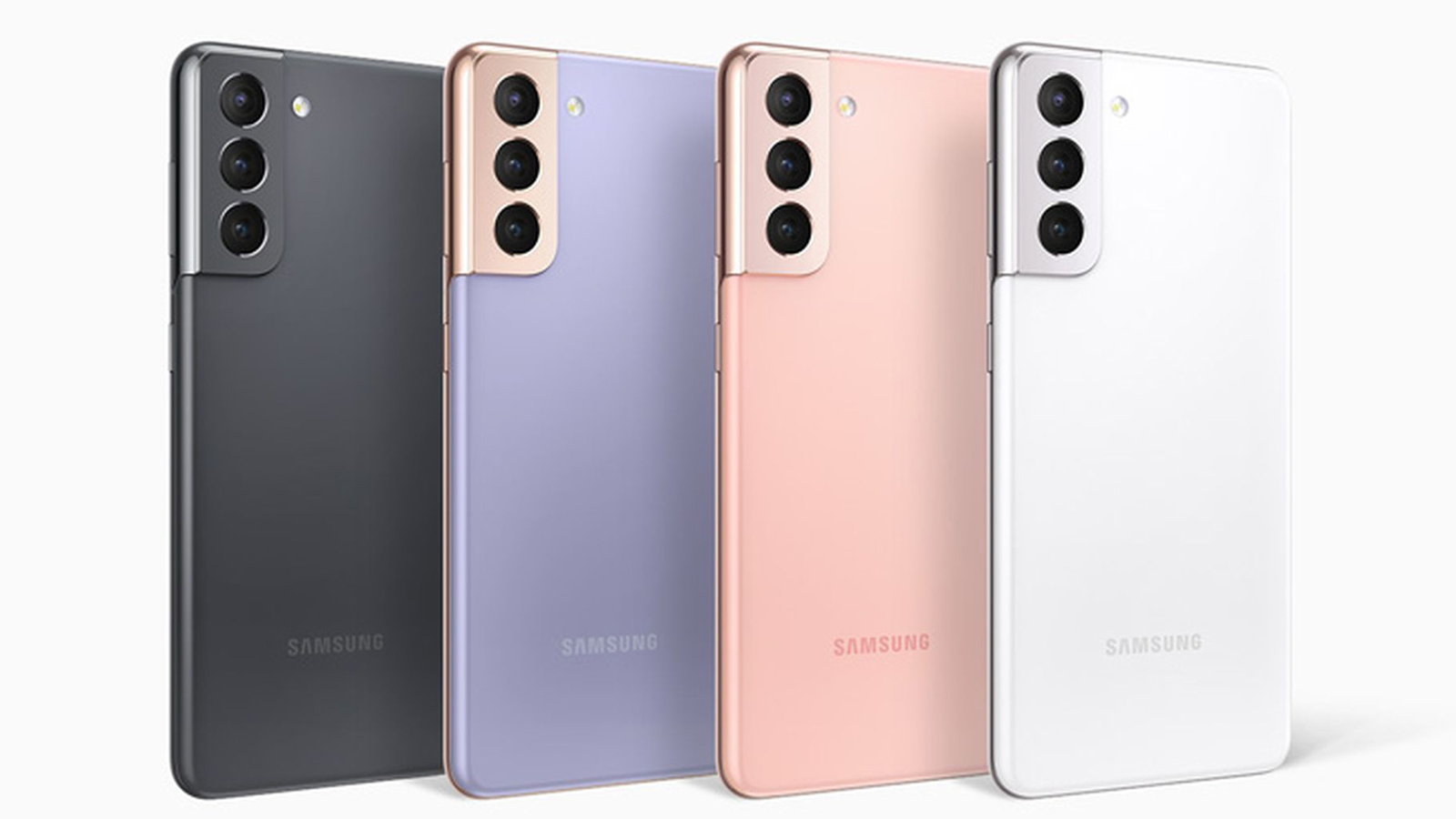
Samsung Galaxy S21 5G
The 6.2-inch Galaxy S21 may not be the revelatory 'S Series' entry that some of its older brothers were, but that's largely due to the fact that others match Samsung's handsets on power now. Still, with Qualcomm Snapdragon 888 power in the US and Samsung's best-ever Exynos platform elsewhere, this is a formidable phone that's cheaper than the S20 was at launch. It's also got great battery life and a camera system that takes some really great shots.
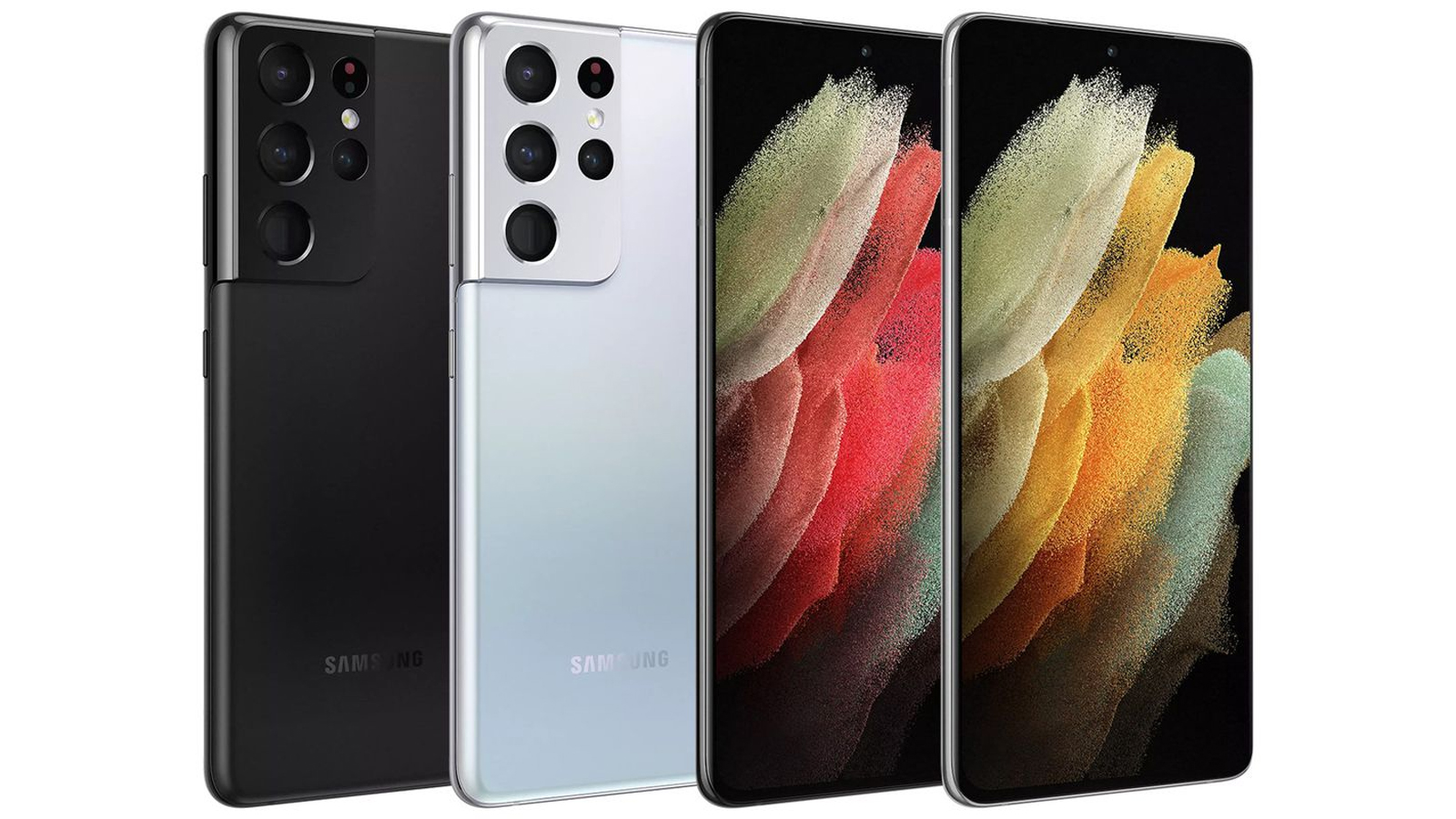
Samsung Galaxy S21 Ultra
You do pay more for the S21 Ultra than the standard S21, of course, but the S21 Ultra is the pick of Samsung's 2021 handsets. It's a cracker and even has support for the S Pen, usually found on the Galaxy Note. With five cameras on board, it's got the best zoom of any phone camera, too, with a 10x optical on the periscope telephoto lens. Once again it boasts Qualcomm Snapdragon 888 power in the US and Samsung's superb Exynos 2100 platform elsewhere.
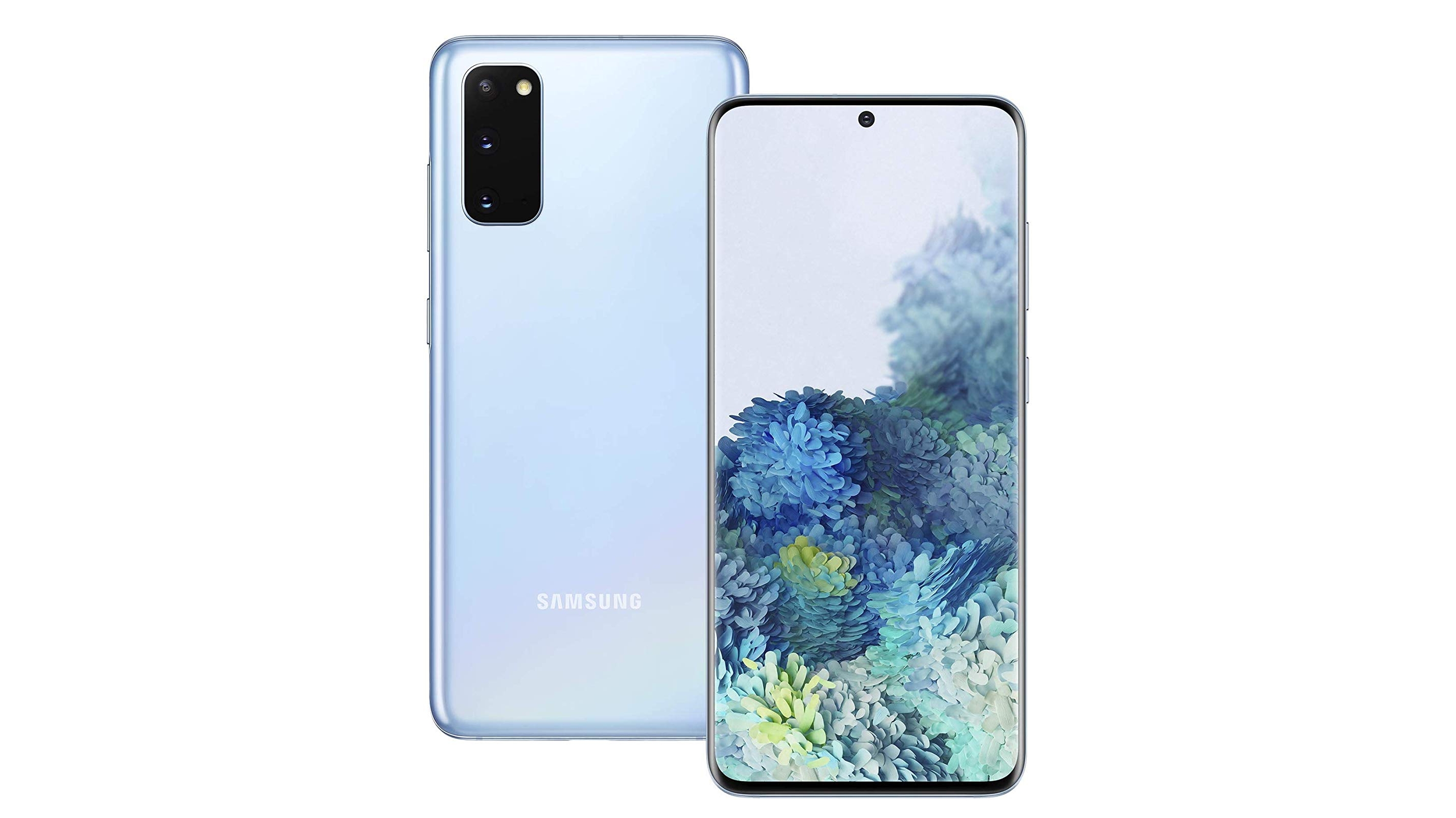
Samsung Galaxy S20 5G
While this is the lowest priced and smallest S20, it's still a premium smartphone with a large 6.2-inch AMOLED display. It's only available in once capacity version - 128GB.
While the other S20's pack a quad camera, this still has a triple, with a 64 megapixel sensor and whopping 30x zoom. Like the other S20s, it can record video up to 8K too.
It's available from O2 in cloud pink, cloud blue and cosmic grey
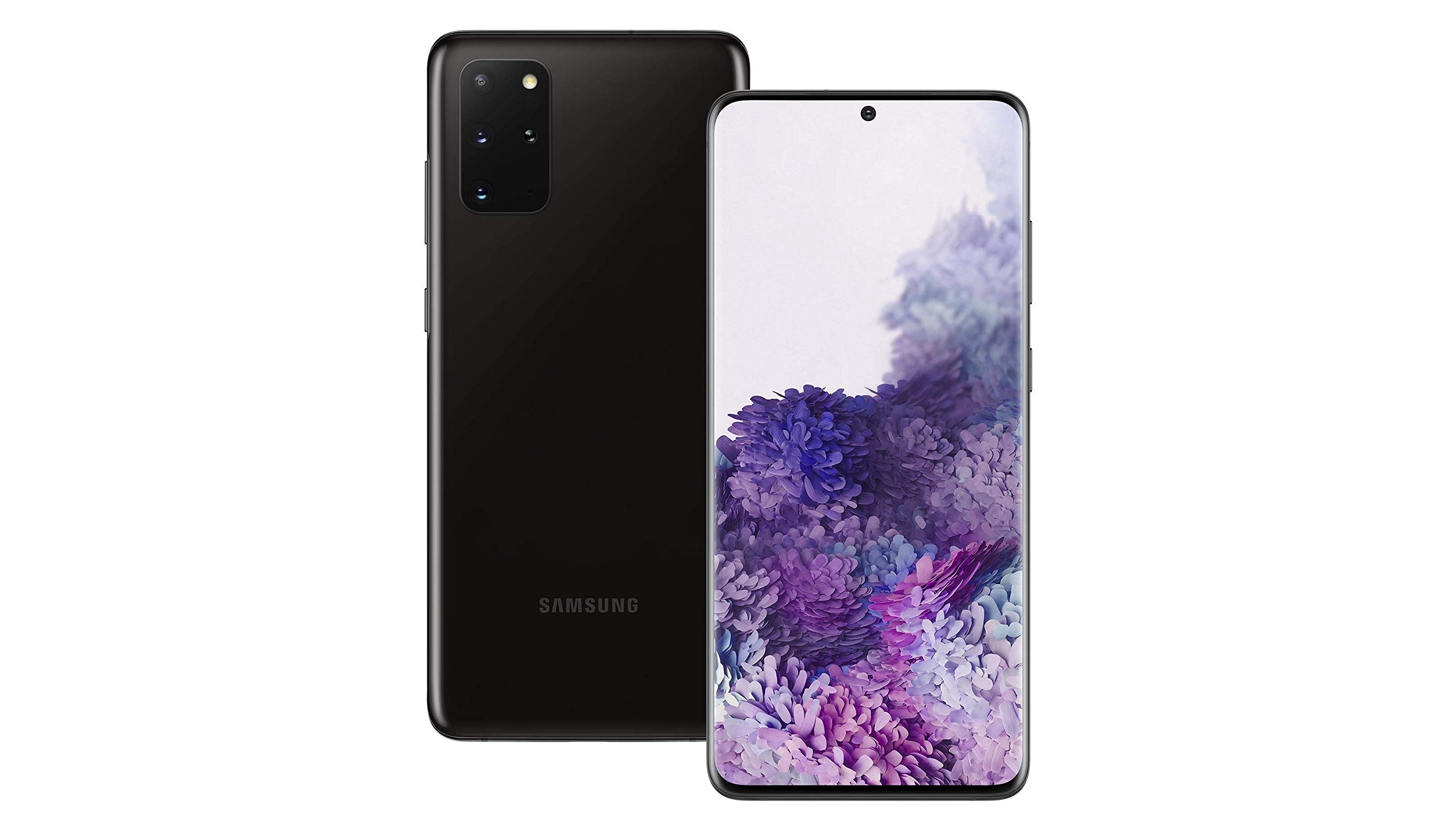
Samsung Galaxy S20+
Moving up in size, the S20+ adds and extra half an inch to the standard S20 - with a 6.7-inch display while there's also a quad-camera instead of a triple featuring a 64 megapixel telephoto lens and 12MP ultra-wide, too.
It's available in 128 and 512GB versions in three colours - cloud blue, cosmic black and cosmic grey.
The per-month cost isn't that much more than the standard S20, so it's definitely an option if you'd like a bigger screen.
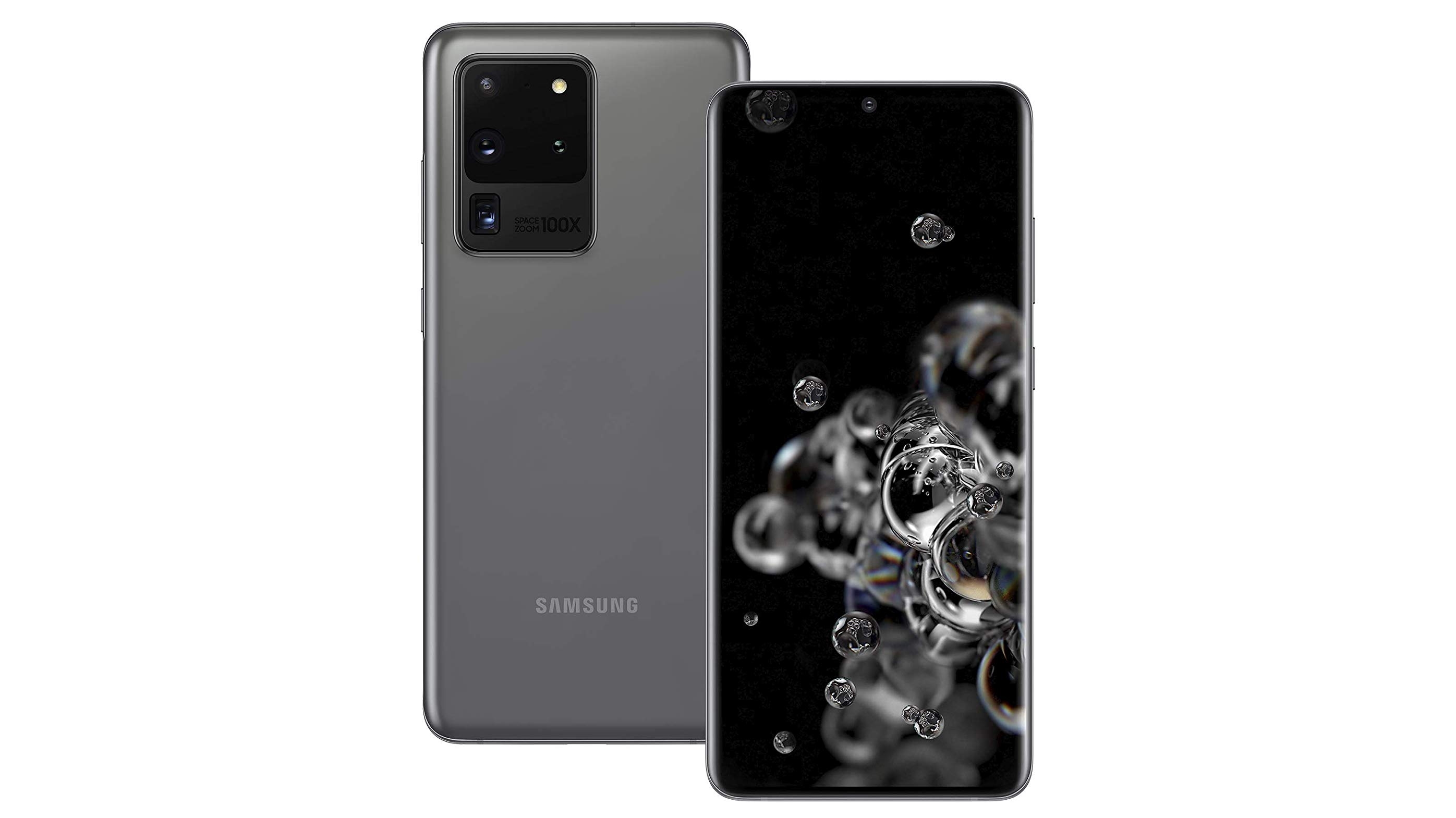
Samsung Galaxy S20 Ultra
The S20 Ultra is basically the S20+ but turned up to the max. It's a step-up from that model in many ways - the screen is slightly bigger, while the quad-camera is upgraded, too.
The S20 Ultra has a huge 100x (rather than 30x) zoom while there's a 108 megapixel camera plus 48 megapixel telephoto lens, too. The zoom is remarkable though its usefulness is a bit limited.
The S20 Ultra comes in two serious colours - cosmic black or cosmic grey.

OnePlus Nord
Not to be confused with the cheaper Nord N10, the standard OnePlus Nord was released in August 2020 and is a cracker for a modest, mid-range outlay. It's a 6.44-inch phone based around Qualcomm's fine Snapdragon 765G platform. There's a quad-camera with a 48 megapixel main snapper. It runs OnePlus' OxygenOS software based on Android 10/11.
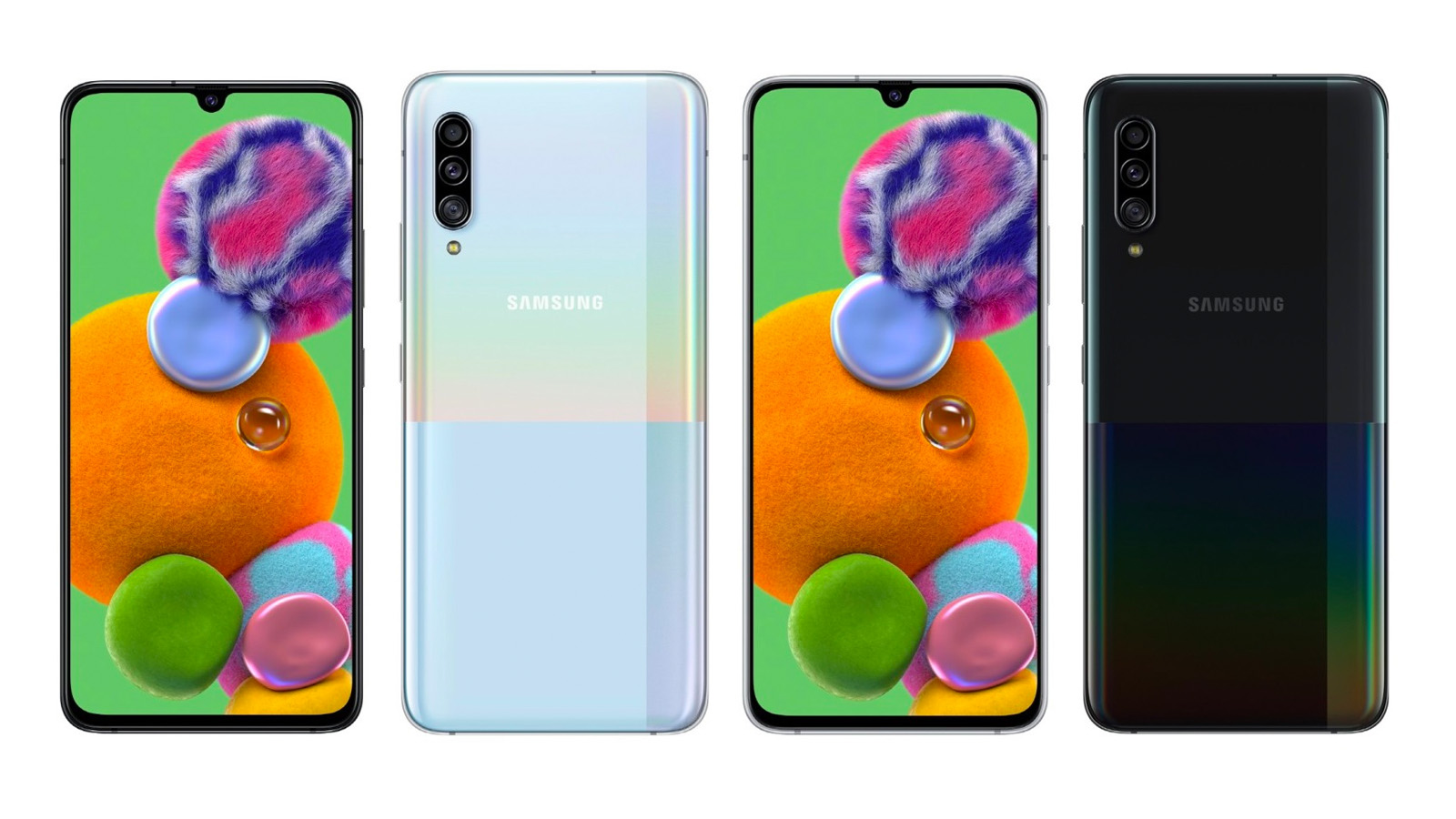
Samsung A90 5G
The A Series is, notionally, Samsung's mid-range phone lineup, but the top handsets are nudging closer to the S Series in terms of what they can do. Indeed, the A90 5G spec sheet is barely indistinguishable from the S10 5G and also has a same-sized 6.7-inch display, too.
There's also an octocore processor, 48 megapixel main camera (part of a triple lens setup) and 128GB of storage, so plenty of space for your stuff.
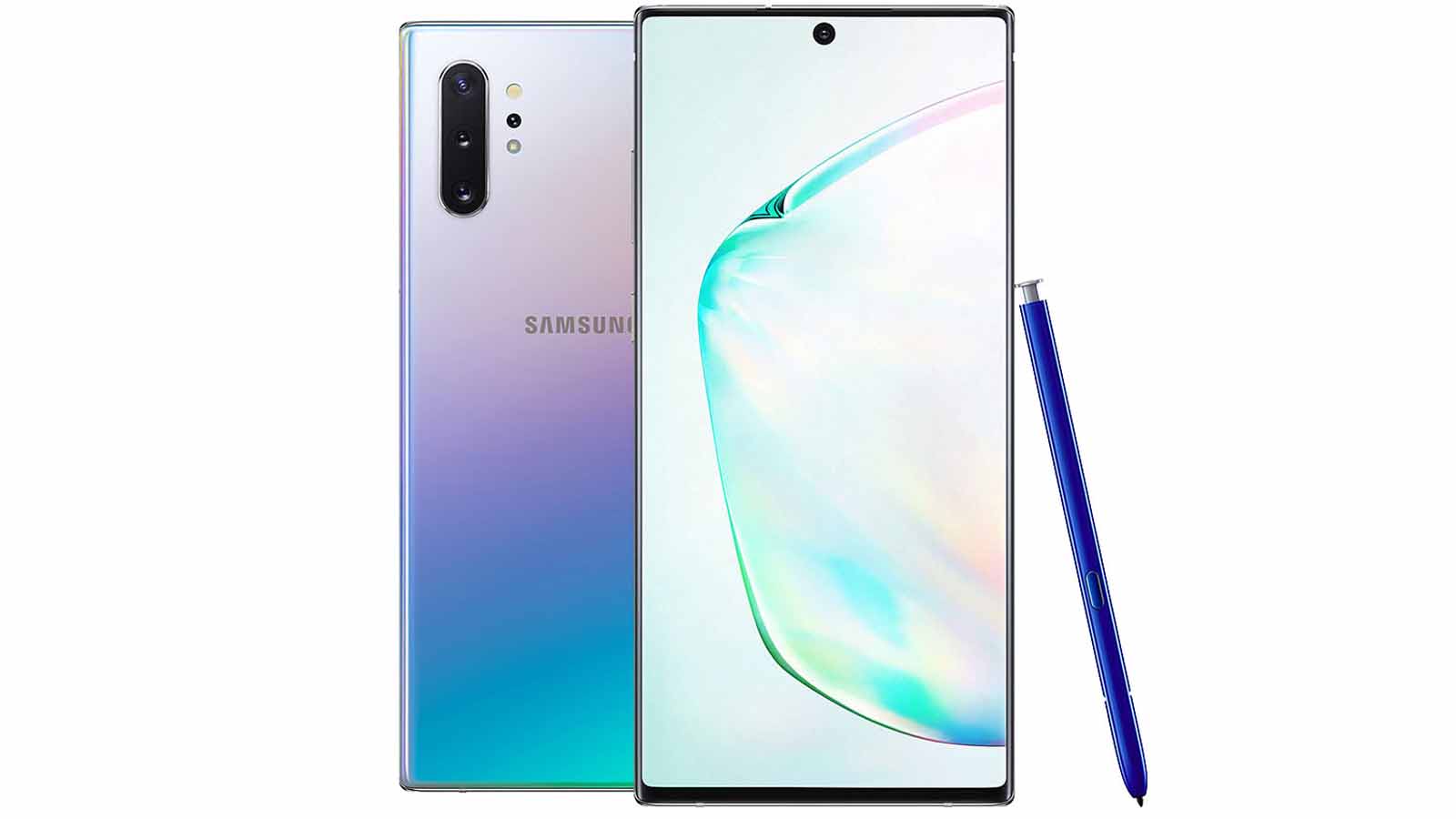
Samsung Galaxy Note 10+ 5G
This is a 6.8-inch supersized version of Samsung’s Galaxy Note. It's very similar to the S10 5G, although there are some compromises compared to that model, notably in the camera department where there's a triple instead of quad camera and on the front there's a single rather than dual.
Of course, what you do get with every Galaxy Note is Samsung's excellent S Pen stylus that slots into the bottom of the phone (on one side). If you don't need the stylus, get the S10 5G instead.
O2 5G coverage
O2 and Virgin have now merged, but O2 is close to another mobile network - it has a long-standing network-sharing deal with Vodafone.
The two networks have coordinated their efforts for some time - the key benefit behind is that they can speed up the rollout of 5G by sharing key infrastructure - the physical network sites where cell towers are based, the fibre backhaul as well as the mast and cell equipment. This continues in the 5G era.
The pair's agreement for the rollout sees 2,700 sites in 23 larger UK towns and cities keep separate provision for each network. So while the mast will remain shared, all the other equipment will be separate. That's presumably a matter if control and also, possibly, ensuring each retains a competitive edge.
As 5G becomes the norm, it will also help each to bring 5G services to areas where it may not have been financially viable otherwise. "We’re moving at pace with our 5G rollout," said Mark Evans, O2's CEO. "5G offers critical support to the UK’s digital economy, supporting jobs and growth."
The two networks again worked together after the second UK 5G auction in early 2021 - the two reached a deal to trade spectrum bands to create more efficient blocks of spectrum for each operator.
"Large contiguous blocks support faster speeds, lower latency and greener 5G services," said Vodafone and O2 in a statement.
"The move will, subject to approval from Ofcom, create a contiguous block of 80Mhz for O2, and ensure good proximity of Vodafone’s blocks totalling 90MHz of spectrum."
Mark Evans, CEO of O2, added: "This year O2 is investing more than ever in its network to improve coverage and experience. Securing contiguous blocks of spectrum is crucial to harnessing the true power of 5G - we will have the strongest indoor and outdoor connectivity and an ultra-reliable frequency.
"O2 is a champion for coverage and reliability, and remains committed to responsibly and securely improving the network experience for all our customers across the UK. This deal with Vodafone is further evidence of our commitment to customers and we’re hugely excited about the possibilities of our 5G network."
Now that the UK Government has mandated the removal of Huawei gear, it's going to cause a bit of upheaval for some mobile networks but O2 says it has already to committed to using gear from Nokia and Ericsson.
O2 is using Ericsson Cloud Core technology in its main network as well as in the Radio Access Network (RAN). Coincidentally, Ericsson says it now has more than 70 5G agreements with networks, 21 of which are now live.
O2 5G deals
O2 has a range of unlimited data plans (limitless) in an effort to match the recently-announced unlimited plans from Vodafone who were followed by EE (Three already had unlimited tariffs, of course). O2's SIM-only unlimited plans start at £35 per month. These Limitless plans are also available as part of O2's Family and Student plans, too.
If you're OK with things being slightly more limited, there is a 50GB SIM-only data plan available for £25 a month. That'll bag you unlimited minutes and unlimited texts as well as O2 Priority access like all of O2's tariffs. You can also roam at no extra cost in 75 destinations including the USA.
O2's 5G custom plans give you freedom on the contract term, data allowance and upfront cost for your 5G phone. You can also choose how much you want to pay upfront and how to spread the remaining cost between 3 and 36 months. Furthermore, you can also flex your 5G data allowance up or down every month to suit your needs.
In the light of the freebies offered by other networks, O2 has now launched O2 Extras which, essentially offers digital perks for O2 customers via the MyO2 platform. This includes Amazon Prime Video, Amazon Music Unlimited, Audible (also owned by Amazon), the Cafeyn newstand app and international bolt-ons. Like offerings from other networks, you can pick the one that suits you.
O2 Extras is available to both new and upgrading O2 Pay Monthly customers on handset, tablet and SIM only contracts. However, there are some caveats as to the duration of your membership.
New customers and those upgrading to contracts of 30GB/month will get six-month memberships, while those on 5GB – 30GB/month will have three-months.
O2 5G broadband
O2 hasn't yet announced any plans for a 5G home or business broadband service, but considering its key rivals have, we think it's only a matter of time before it starts talking about this.
O2 5G for business
O2 believes that 5G is "one of the biggest opportunities for 5G is its potential to transform businesses. 5G is more than just pure connectivity. It has the potential to transform every sector it touches".
The network has published two documents that will be of interest for businesses thinking of moving to 5G services. The first is a full guide to 5G for businesses on O2 (direct PDF link) and the second is a 5G whitepaper for CTOs that you need to give your details for.
O2 has launched 5G business tariffs to suit businesses of every size, whatever the data requirements. SMB and Enterprise customers will benefit from 5G Access, details of which will be announced in the following months.
O2 Business has launched a new AI technology known as Spatial Insights that provides real-time insights to help bricks and mortar stores to measure customer engagement through metrics such as numbers through the door, queue lengths, and product engagement. The tech - which will be using 5G in the future - is piloting in 20 of O2's own stores.
As we mentioned earlier, O2 has been working with NWG to explore ways in which remote workers will be assisted by 5G, as well as the potential for it in more traditional workplaces.
O2 has also announced a partnership with Samsung and the NHS to test 5G in six ambulances from the East of England Ambulance Trust to see how 5G can help paramedics treat patients through better connectivity and therefore better access to real-time video and scanning.
In May 2021 O2 announced it had partnered with Microsoft to trial the benefits of on-premise MEC within a private 5G network, focusing on security and low latency. The proof of concept aims to pave the way for secure data management, enabling confidential information to stay on-premises at all times. The technology will be run via the Microsoft Azure platform – its first deployment utilising a UK-based private 5G network.
O2 also recently announced it had launched a Private 5G Network initiative with aerospace manufacturer Leonardo. The trial with Microsoft will be similar.
You're able to buy each of the 5G phones above on a business tariff. O2 has also announced it's the exclusive UK partner for Microsoft's Surface Pro X 2-in-1, although it will only be available on 4G for now from £44.78 per month for 500MB data with a £20 upfront payment.
O2 says that as we recover from the lockdowns of 2020 the UK is set for a small business boom fuelled by home working and the flexibility that comes from that. The network estimates that so-called 'smartphone businesses' could create 35,500 new jobs and add a whopping £790 million to UK GDP over the next three years. However, the O2 Business report suggests that there are several barriers to startups including access to tech, costly, inflexible mobile tariffs and start-up costs.
SIGN UP FOR E-MAIL NEWSLETTERS
Get up to speed with 5G, and discover the latest deals, news, and insight!









